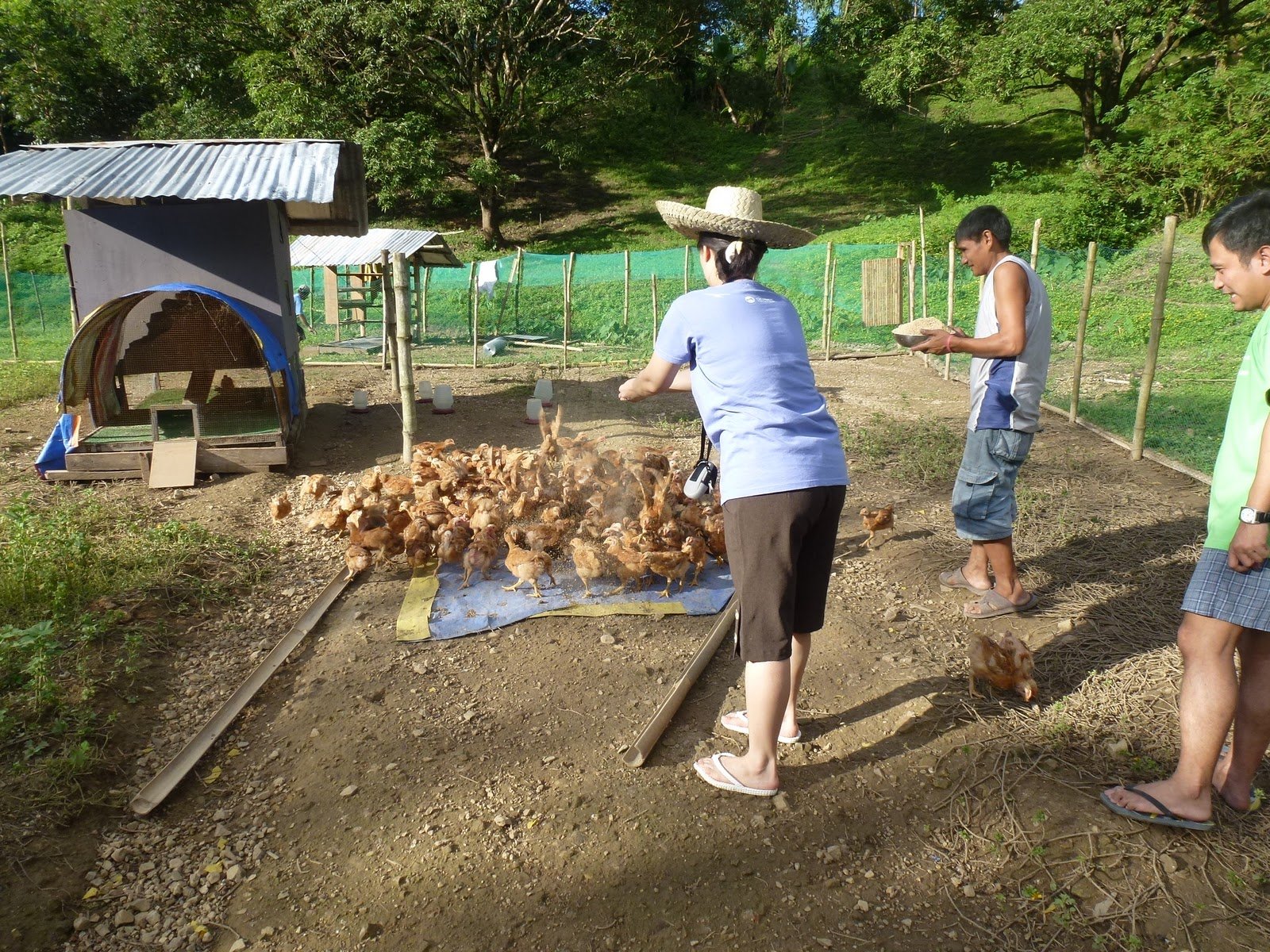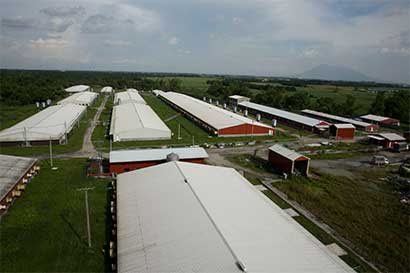Filipinos have a love affair with their chickens. They make nice dishes with them, tweet about them and eat them on special occasions. Filipinos appetite for chicken is what has powered the country’s massive poultry sector, with various multibillion dollar companies emerging in the past few years to meet this appetite.
And the world is taking note. Filipino chicken-inspired recipes are increasingly find their way into the hands of top global chefs. Filipino food is currently classified as one of the next big food trends in 2018. That means more non-Filipinos will be trying out various Filipino chicken delicacies in top global restaurants.
Here are some of the reasons why the chicken is so big in the Philippines:-
There are just too many chickens in the Philippines
It is often said that there are more chickens in the Philippines than there are Filipinos and it is true. The country has a fairly well developed poultry industry with a chicken population of 175 million as of January 2017. As the demand grows amidst challenges such as bird flu, that industry continues to grow by leaps and bounds.

The top chicken producer in the Philippines is Central Luzon which accounts for 35 of the total chicken production in the Philippines. This is followed by Calabarzon at 25% of the production and Northern Mindanao at 9%.
Chickens Can Live Anywhere
The Philippines climate is such that you can raise poultry virtually anywhere across the country. The poultry can be raised in either large commercial farms such as those grown by the commercial integrators or they can be raised on a small scale by the smaller producers.
Chickens are Easy to Raise
One of the reasons why many Filipinos are venturing into poultry farming is that chickens are fairly easy to raise and are also very profitable. You don’t need any specialized skills in order to raise your chickens profitably. There are various chicken breeds that you can raise in the Philippines ranging from the high performing commercial chicken breeds to the Philippines native chicken breeds.

It doesn’t cost much to feed your chickens. While you can always buy formulated feeds for your poultry, you can as well feed them on food leftovers or allow them to forage and look for their own food. It is even easier when you are raising your chicken in the Philippines on a free range basis. You can just give them rice, cassava, corn or allow them to forage on pasture. A farmer in the Philippines can choose whether to do their poultry farming on a small scale or whether to do intensive poultry farming with any of the large poultry integrators.
The chickens also mature pretty fast. You can expect the broilers that are raised for meat to mature within 41 days and hit the market. This results in a massive yearly turnover for the Filipino poultry industry.
There are plenty of Philippines chicken breeds
The poultry industry in the Philippines thrives because there are numerous chicken breeds that you can raise here. These include the following:-
- Native Philippines Chicken: They are not as efficient or productive as the exotic commercial poultry breeds but they are still popular with many Filipinos for their unique taste, texture and distinct flavor. Because they are generally raised in a free range or organic farming environment, they are largely free antibiotics or other chemicals. They mature over a long duration of time and grow in a free environment where they can forage on the pasture and take up a diverse diet. In the Philippines, it is estimated that some 48% of the total chicken population are native Philippines chicken. That is some 78 million chickens. They are very popular in rural households where farmers generally keep only a handful of them for the family or for sale. Most native chickens in the Philippines are produced in Davao and the Northern Mindanao regions.
- Broilers: These are chickens that are raised for meat. They gain weight relatively quickly and are ready for the market within 41 days. Currently, there are roughly 62 million broilers in the Philippines or roughly 35% of the total poultry production in the country. Most of the broilers in the Philippines are raised in Central Luzon.
- Layers: These are the chickens that are raised mainly for eggs. There are some 34 million layers in the Philippines accounting for roughly 20% of the total chicken population. The layers are mainly raised in Calabarzon.
The Chicken Dilemma
The chicken or the egg? The Philippines is mostly a chicken meat producing country. Layer chickens account for only 20% of the annual poultry production. The country produced 1.7 metric tons of poultry meat as opposed to 0.46 million metric tons of eggs.
Poultry Industry in the Philippines is a Multibillion Industry
In 2016, the Philippines produced P146 billion worth of poultry products making it the second biggest livestock sector in the country behind the hog industry. The mammoth Filipino poultry industry is also one of the biggest employers in the country. The number of chicken broilers in the Philippines has been experiencing an exponential growth in the recent years.

Chicken is Cheap and Affordable
Chicken is such an important source of protein in the Philippines because they are so cheap and affordable. Chicken meat costs anywhere from P136 to P145 in most Filipino supermarkets while an egg costs anywhere from P4.6 to P6 apiece. Pork costs from P220 to P249 while beef costs anywhere from P305 to P495. This makes poultry the cheapest protein source for most Filipino families.
There are Millions of Ways to Cook Chicken in the Philippines
Chicken is also popular in the Philippines because of the myriad ways in which it can be transformed into a delicious treat. The Philippines has a long list of chicken recipes, many of which are now growing popular across the globe.

Filipinos also like taking their chickens apart and preparing each part as a delicious street food delicacy. The various parts and their fun slang names include:-
- Betamax-blood
- Helmet-head
- Pakpak-wings
- Corazon-heart
- Adidas-feet
- Pwet-butt
- Atay-liver
- Balunbalunan-gizzard
- Isaw-intestines
- Tokneneng-egg
The various parts are generally dipped in a Pinoy sauce, grilled and then dunked in some vinegar. There are also the various signature Filipino dishes such as Tinola, Adobo, Empanada and Aroozcaldo, all of which are prepared with chicken.

